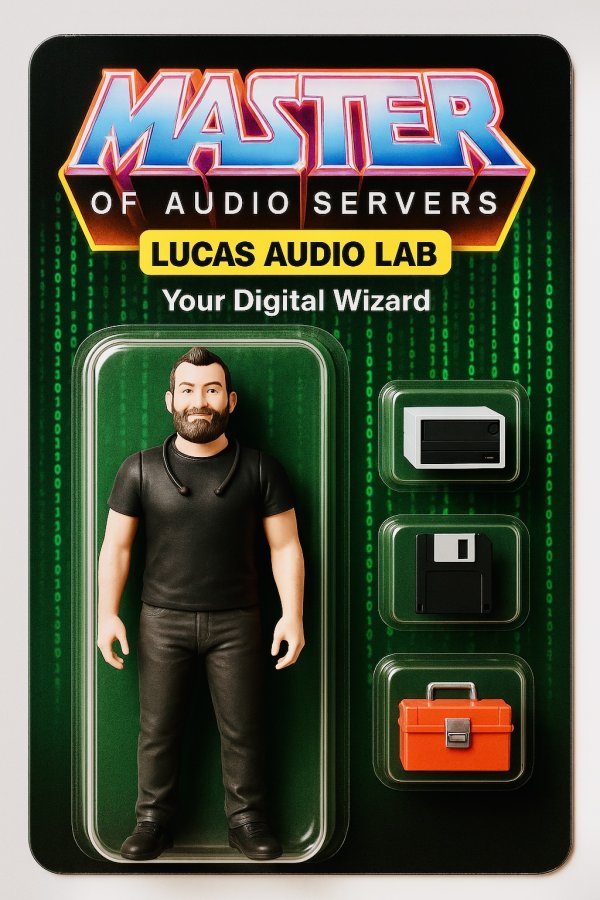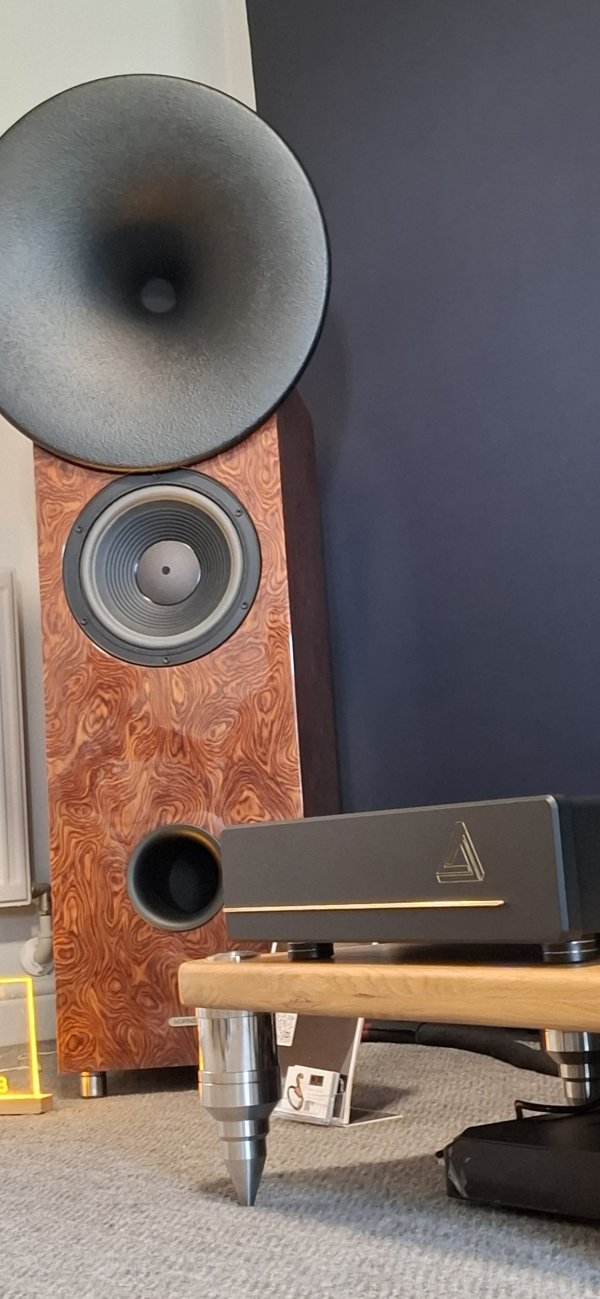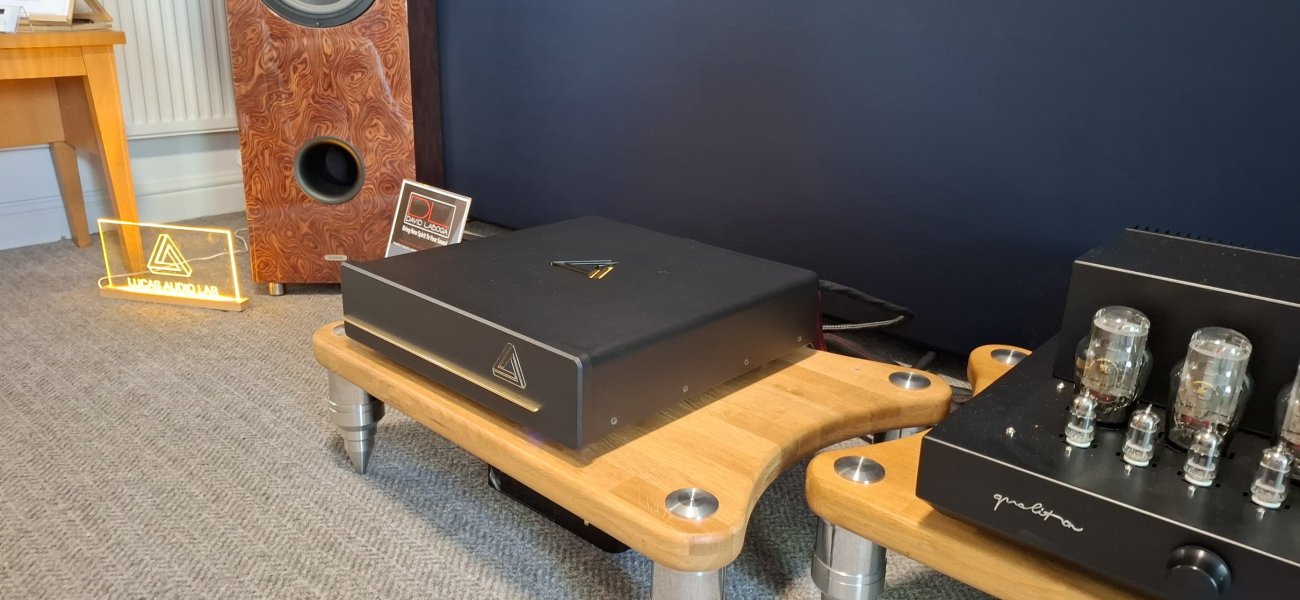No streamer?I live in two states so 2 servers , his products are the most versatile servers I’ve used
audio is what we like in our systems.
His products can work towards as well
His tech support is always available and great.
I highly recommend any of his products
REVIEW: Lucas Domansky Music Server (LDMS) Minimax
- Thread starter keithc
- Start date
-
- Tags
- ldms lucas domansky server
You are using an out of date browser. It may not display this or other websites correctly.
You should upgrade or use an alternative browser.
You should upgrade or use an alternative browser.
No streamer?
Not sure if this is what you meant, but for many of us the LDMS is a server and streamer in the same box. Lucas does also have dedicated server-only and endpoint streamer-only products.
Hi, I've used it with MSB diamond V, MSB select 1 and select 2 which was miles better than rev1, no issues compatibility wise, and the sonics synergy is great. You are welcome to reach out and arrange a home demo in your own acoustic environment.Anyone experienced LDMS with MSB discrete DAC or other model from MSB?
Thank you very much Lucas. I live in Paris so not too far for you. When ready I will reach out for a Minimax home trial.Hi, I've used it with MSB diamond V, MSB select 1 and select 2 which was miles better than rev1, no issues compatibility wise, and the sonics synergy is great. You are welcome to reach out and arrange a home demo in your own acoustic environment.
another great review @keithc congratulations 
Ask Rau or Rodney. He had $80k server / streamer and preferred ldms. He has cascade. LDMS is the future.Anyone experienced LDMS with MSB discrete DAC or other model from MSB?
Was there a review? I could not open it?
Four mad geniuses, four killer products — one room full of sonic firepower. Can’t wait for the next “class reunion” of the Polish-Hungarian HiFi family!
Republicoftexas69
Well-Known Member
Love my Qualiton X200Four mad geniuses, four killer products — one room full of sonic firepower. Can’t wait for the next “class reunion” of the Polish-Hungarian HiFi family!
T.H.E. Show | The Premier High-End Audio 2025
Destination Audio & Lucas Audio Labs @ Laguna 2 room

 destinationaudio.eu
destinationaudio.eu
 www.lucasaudiolab.com
www.lucasaudiolab.com
Destination Audio & Lucas Audio Labs @ Laguna 2 room

Destination Audio | Premium Audio Equipment
Explore our exquisite collection of hand-crafted horn speakers, amplifiers, and pre-amplifiers. Experience unparalleled audio quality, listen like never before.
LucasAudioLabs - Handcrafted Audio Instruments for Music Enthusiast
 www.lucasaudiolab.com
www.lucasaudiolab.com
Similar threads
- Replies
- 7
- Views
- 932
- Replies
- 2
- Views
- 2K
- Replies
- 13
- Views
- 359
- Replies
- 52
- Views
- 9K
| Steve Williams Site Founder | Site Owner | Administrator | Ron Resnick Site Owner | Administrator | Julian (The Fixer) Website Build | Marketing Managersing |


















